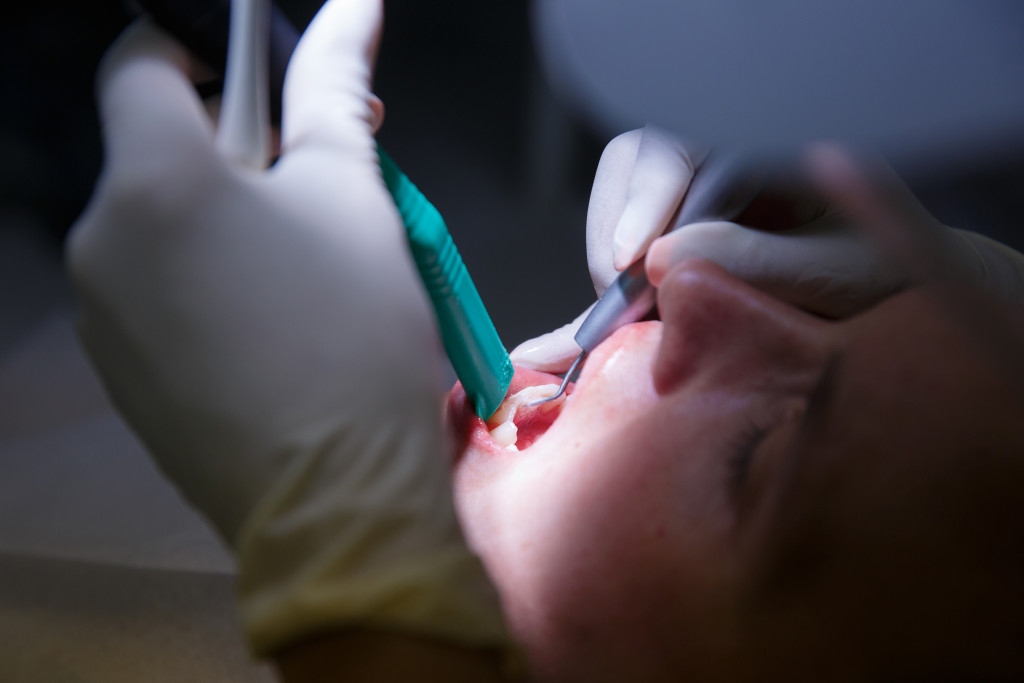Dentistry has made leaps and bounds in recent years, now utilizing new technology to help patients achieve their perfect smile. Oral health is often overlooked as a vital part of overall health, but it’s important to remember that maintaining good oral hygiene can be easy with the right tools. You may be unfamiliar with this cutting-edge technology; here are three examples of emerging treatment methods in oral healthcare:
1. Digital X-Rays
Another new technology called digital x-rays is transforming the oral health field. These x-rays are more effective than standard ones and use less radiation, which lets dentists take amazing pictures of teeth and mouth structures for figuring out treatments.
With digital x-rays, there’s no longer a need to worry about losing or damaging fragile physical copies. They’re easy to store and share electronically with anyone who needs them. All they’ll need is the URL of the file-sharing site and password for the specific file. If you want an even easier process, you can set up automated mailing on your website that only requires customers input their name, reference number, and e-mail address before sending needed documents via e-mail.
2. 3D Printing
3D printing changes numerous sectors as it is highly versatile, and dentistry is one area that sees its usefulness. 3D printing meets the needs of patients through custom dental implants and prosthetics. Also, this technology has the potential to revolutionize oral health by making treatment more personalized and accessible. This also has other advantages such as reducing waste and improving accuracy of materials.
Not to mention, 3D printing and scanning technology provides a better experience for patients. Instead of having to put molds in their mouths that taste terrible, they can simply use a scanner that looks like a wand. This makes the process faster and more comfortable for patients. As an added benefit, due to the ability of 3D printers to create custom objects, dentists can rely on them to print crowns, bridges, caps, dentures, and even specific one-time only tools and equipment. Imagine being able to print all of the necessary replacements for teeth—from dental implants to tailor-fit mouth props and drill guides.

3. Laser Dentistry
Laser dentistry has been emerging technology since 1989, but it has only grown in popularity recently due to dropping costs and betterment in laser technology.
Laser dentistry can be used for a wide variety of procedures, including those that focus on teeth whitening, dental fillings, and oral surgery. One primary benefit laser dentistry has over traditional methods is that it’s significantly less invasive—thus resulting in less pain for patients. With laser techniques, there’s also a lower chance of infection at the site of the incision due to its disinfecting properties. Lastly, lasers are highly accurate when employed for scanning purposes.
The bad thing about using lasers is that they can sometimes injure tooth pulp or the gums, and if your teeth already have metal amalgam or another laser-incompatible filling, the laser won’t work on them.
Dentistry commonly uses two types of lasers, and some treatments will utilize both if necessary.
Hard tissue lasers
Hard tissue lasers are widely used to prepare or shape teeth for composite bonding, repair dental fillings that have decreased in size, and remove some tooth structures. The wavelengths of hard tissue lasers are absorbed by the concoction of water and a certain mineral found in teeth which allows the lasers to cut through tooth structure easily.
Soft tissue lasers
Lasers that target soft tissue are useful in treating periodontitis, an inflammation of the gums. These lasers can also remove lesions found in the mouth and throat. Soft tissue lasers work by being absorbed through water and hemoglobin into the inflamed area. One advantage to using these lasers is that they seal nerve endings and blood vessels as they penetrate deeper into the issue, causing little pain for patients post-treatment. Furthermore, lasers promote faster healing of the affected areas of tissues, and patients who get laser treatment often experience less swelling after treatment when compared with traditional methods.
Final Thoughts
Technology has come a long way in dentistry, and it’s only getting better. Lasers are becoming more popular due to their accuracy and lack of invasiveness, while 3D printing is changing the game with its ability to create custom dental implants and prosthetics. If you’re looking for a less painful experience when going to the dentist, look into laser dentistry—or if you need a new tooth or teeth, consider using 3D printing technology. In the following years, newer, better technology is sure to come out. Keep close watch until then!

